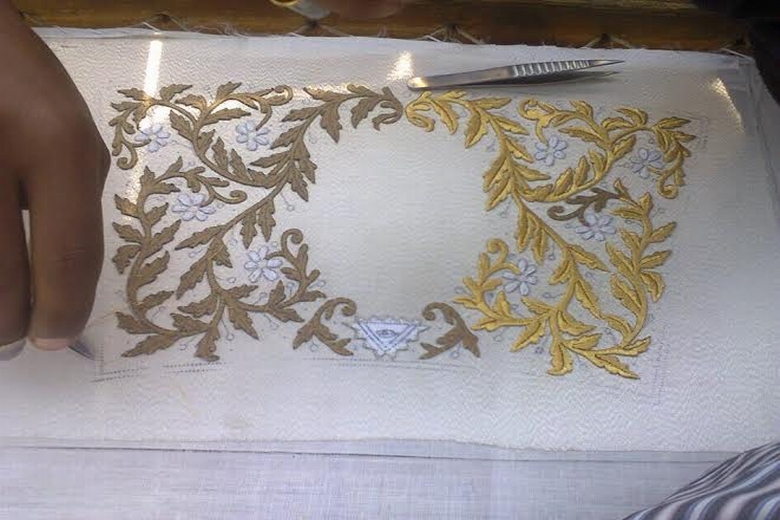
How to Embroider by Hand?
Embroidery is a much loved hobby for people of all age groups. Men and women take up this creative and artistic handwork involving thread and needle to create beautiful masterpieces based on all kinds of fabrics. In olden days, men used needles and threads to patch up the torn pieces of their clothing and gear with stitches to make sure that these patches stayed intact in the harsh use. From these simple stitches made by needle and thread, they discovered that pretty designs could also be made on clothes to decorate them. From here onwards the use of embroidery done by hand increased and people, women especially were masters of this art of crafting new designs on a piece of cloth. Quill, wire, gold, wool and metal were used along with these simple threads and needles to decorate the designs. Some people from the good old days used stones, gems, seashells and seeds of dried fruits to decorate their designs or to differentiate between the designs of two different regions as well. Hand embroidery is of different kinds but before you get into the depths of this magnificent art, it is important to get the basics down perfectly.
Starting out with Embroidery by Hand
All kinds of embroidery work can be done if you are well versed in tying four basic kinds of thread knots namely stitches, French knot, backstitch, and satin stitch. In split stitch and back stitch, the main difference is the position of the needle when it comes back out to thread through the cloth a second time. This needle goes through the center of the first stitch you made in split stitch while in the back stitch it goes through the back of the first stitch you made. In French knot the thread is wounded around the needle twice after making the first stitch in the cloth and then piercing this stitch from the center in such a way that the thread around the needle collects at the juncture of where the needle went through. This creates a small knot in the cloth. In Satin stitch, embroiderer uses the similar form of stitches as used in the split stitch but this form of stitches is used for filling in the design with various colors. This pattern of stitches is repeated in such a way that the color of your choice fills in the gaps in the design for colors. This not only makes the design more colorful but also makes it more vibrant.
Tutorials for Hand Embroidery
Women are very fond of hand embroidery and appreciate the people who can do it without much effort. Some of them often ask the question that “how to embroider by hand?" The answer to this question is very simple. To embroider by hand, you need patience and above of all practice. This will not only allow your hand to get comfortable with various kinds and forms of stitches, but it also brings finesse to your work. Some people who want to acquire this form of art and craft could either join a good school or they can also start by working under a professional hand embroider that can teach them to learn the basics and eventually move onto the professional way of how things are done. Another way that internet and technology have provided us is through tutorials that are found on blogs and other social media networks. This not only provides you with the flexibility to work on your own time but also gives you more time to learn and practice.
Traditional ways to Embroider
There are many different ways in which you can learnto embroider by hand but the best way to do it is through the traditional steps and by the use of simple conventional tools. Firstly you need to learn to iron your idea into the cloth. Transfer it in such a way that every aspect of the design is prominent on the stretched cloth. The next step is to make basic embroidery stitches mentioned above on this ironed out design. Finally create neat outlines of this design by the red thread so that any mistakes that you make are prominent enough for you to mend them easily. After that, you can use various techniques of embroidery that you may have picked up from tutorials, your grandma or a professor. Use these techniques to personalize your design. This learning process is simple, fun and traditional and it appeals to most women.


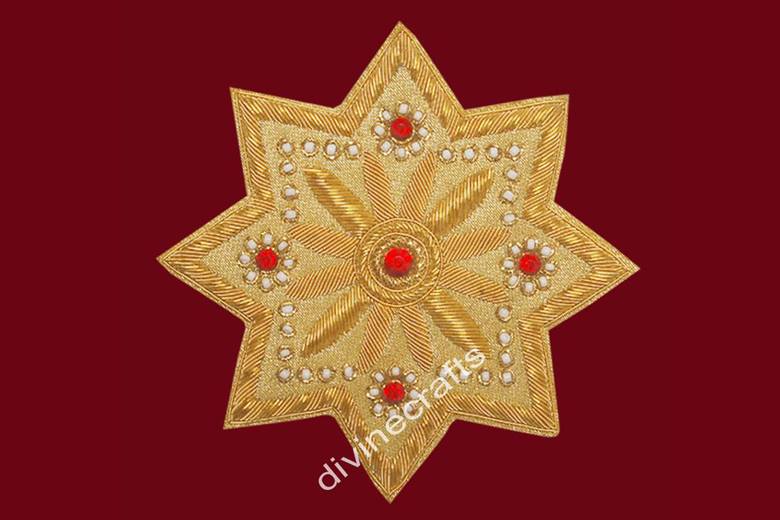
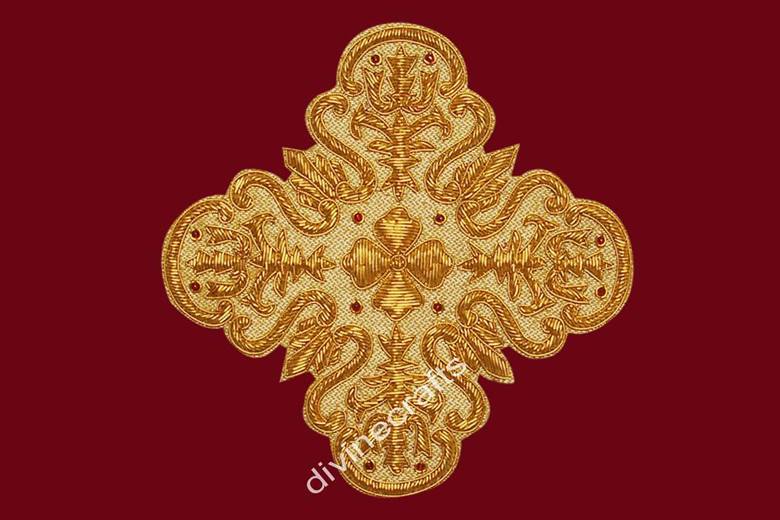

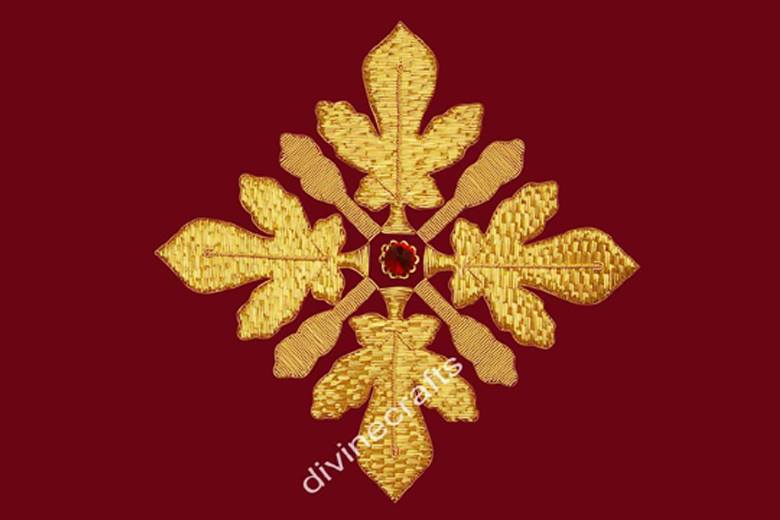

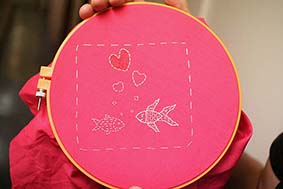
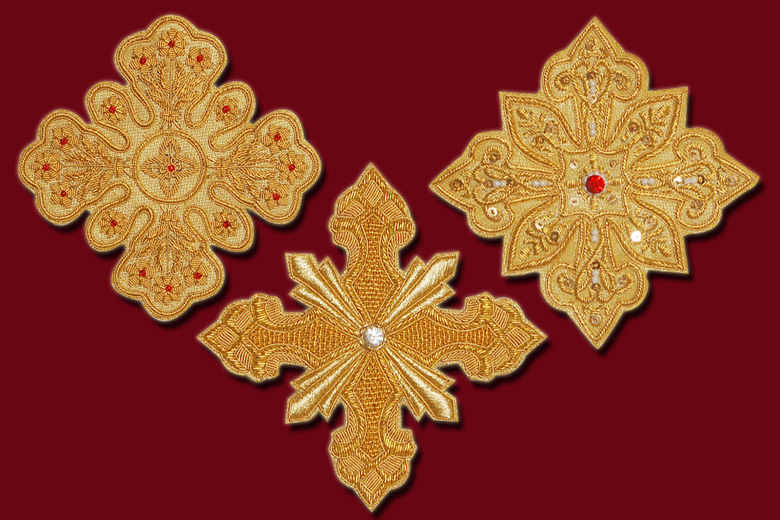
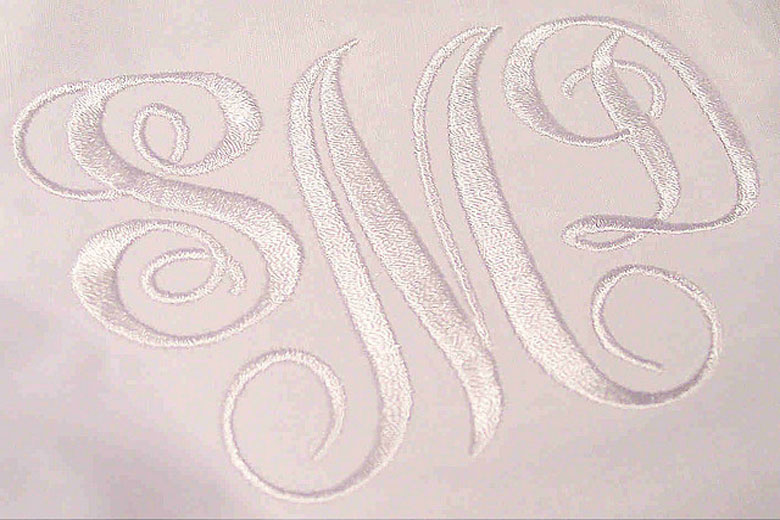


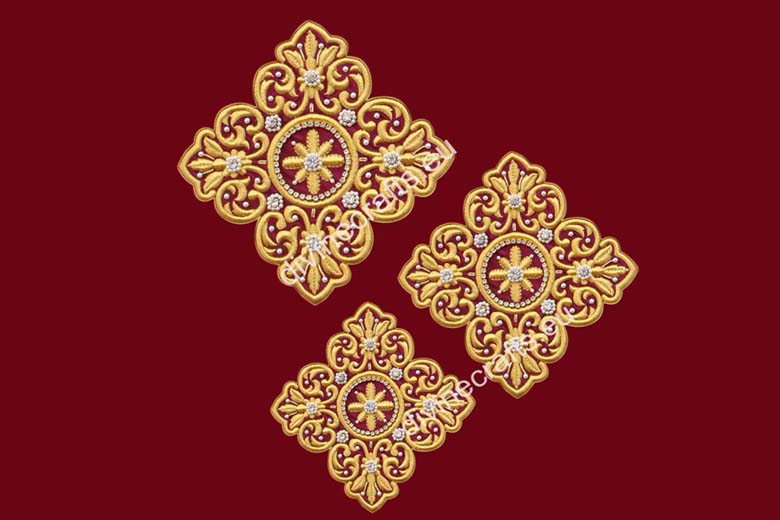

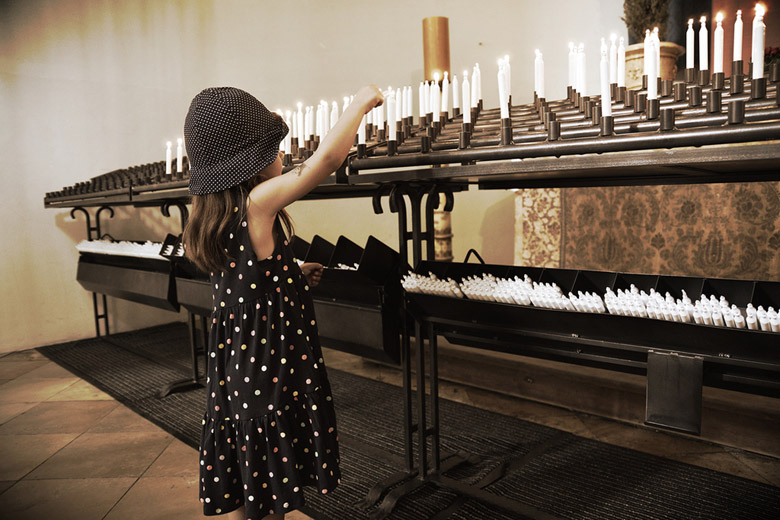






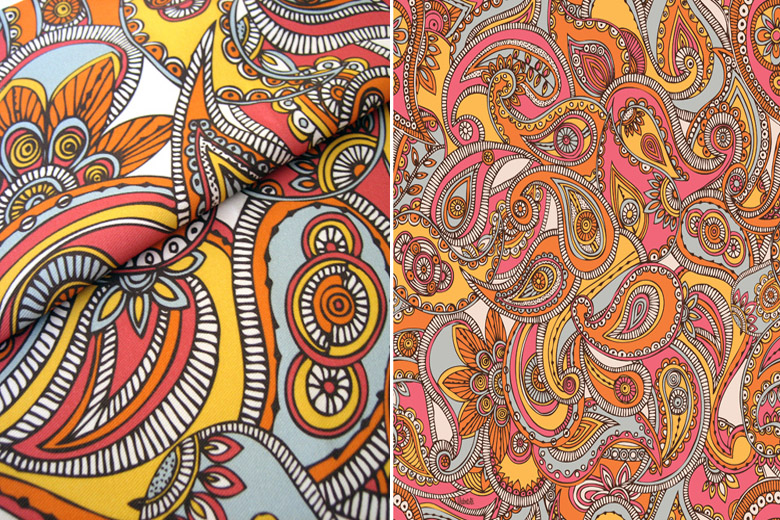

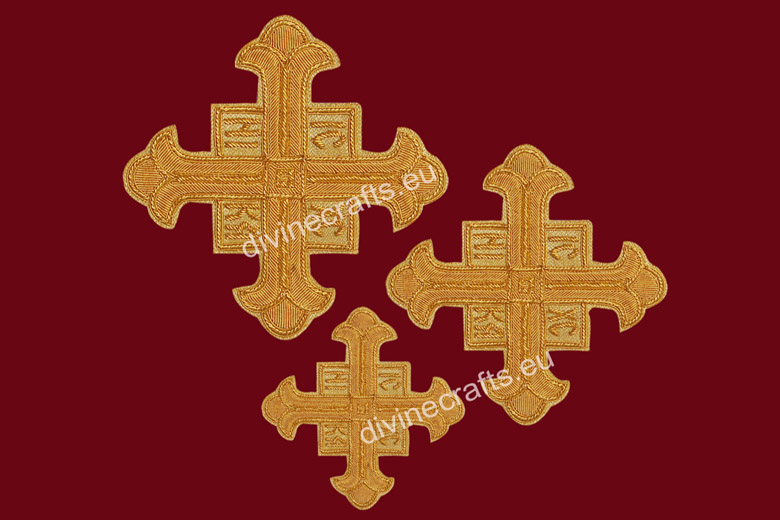
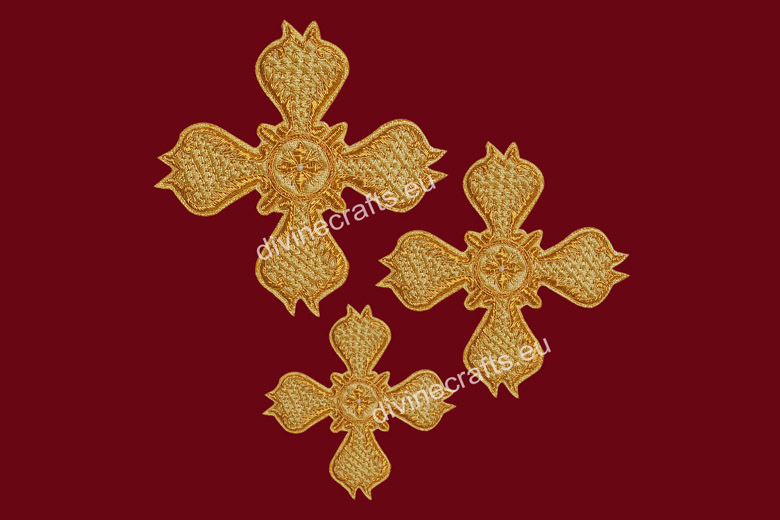

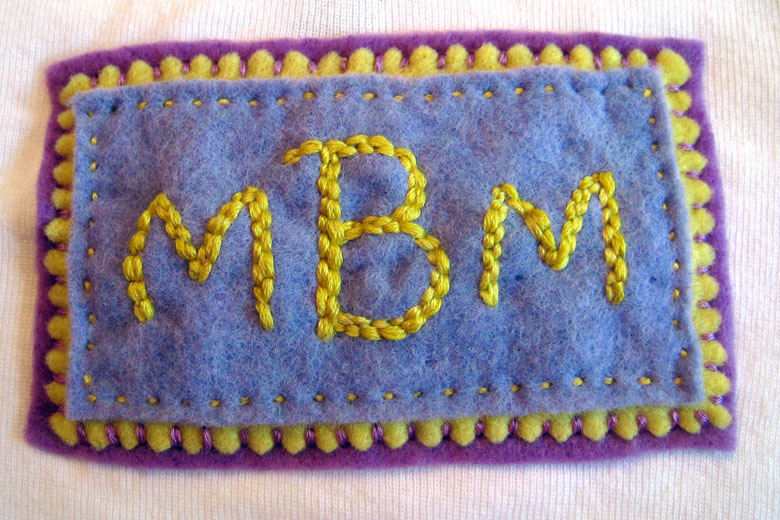

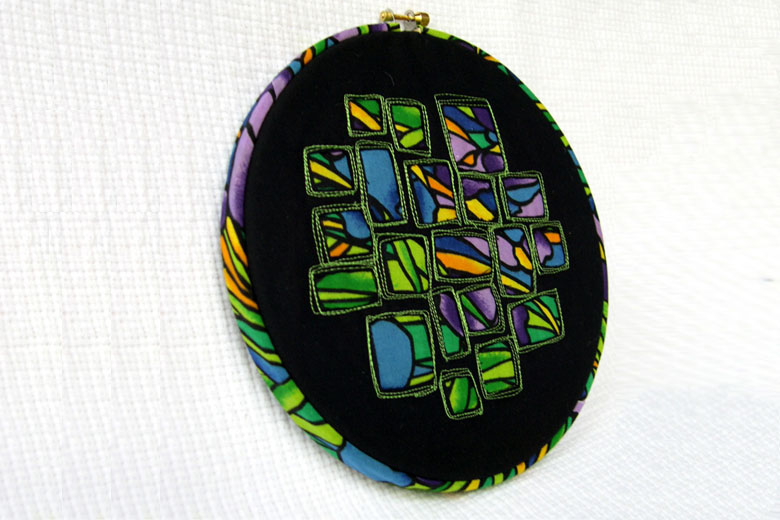
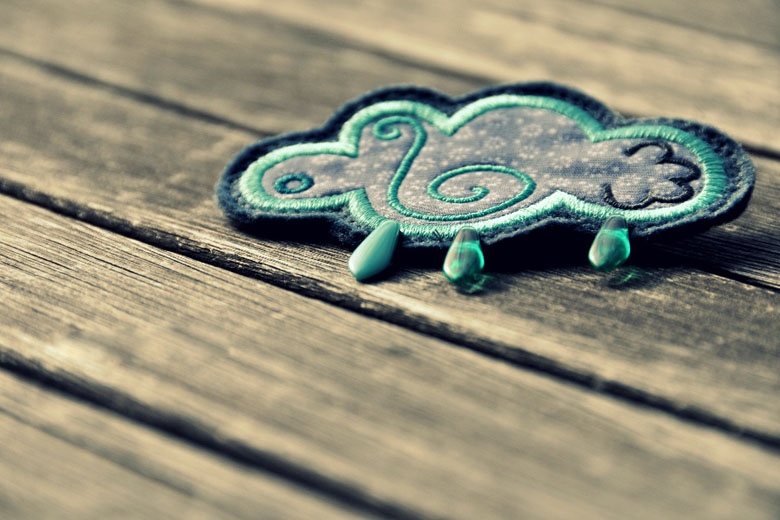
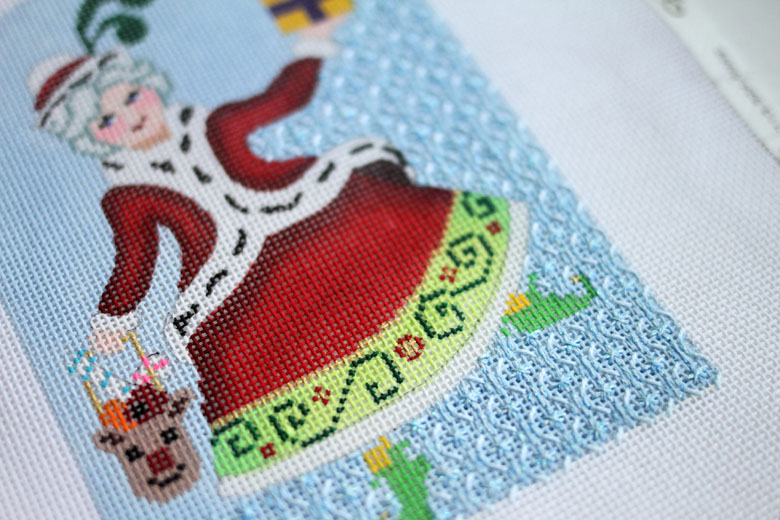
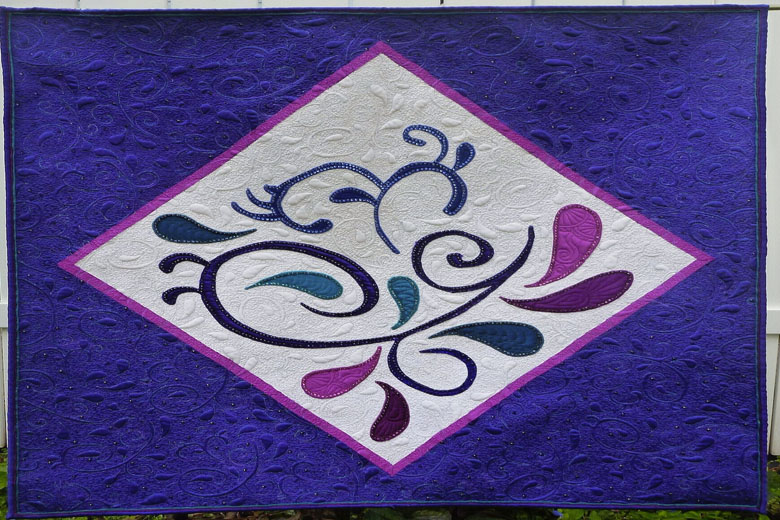
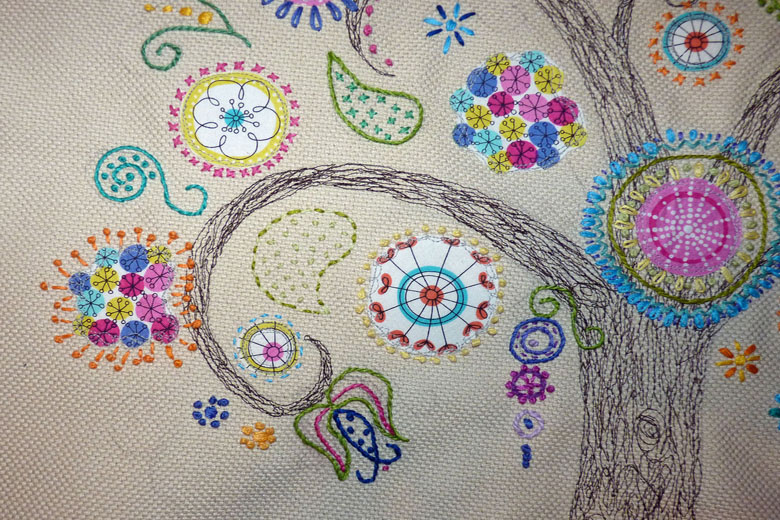
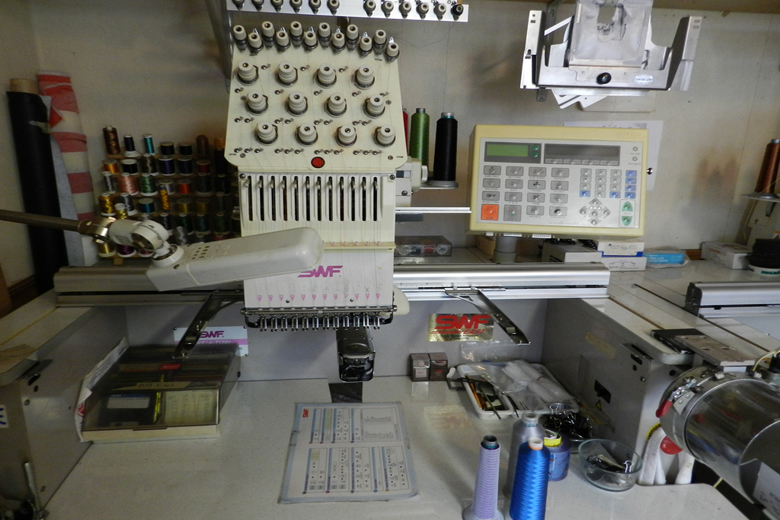
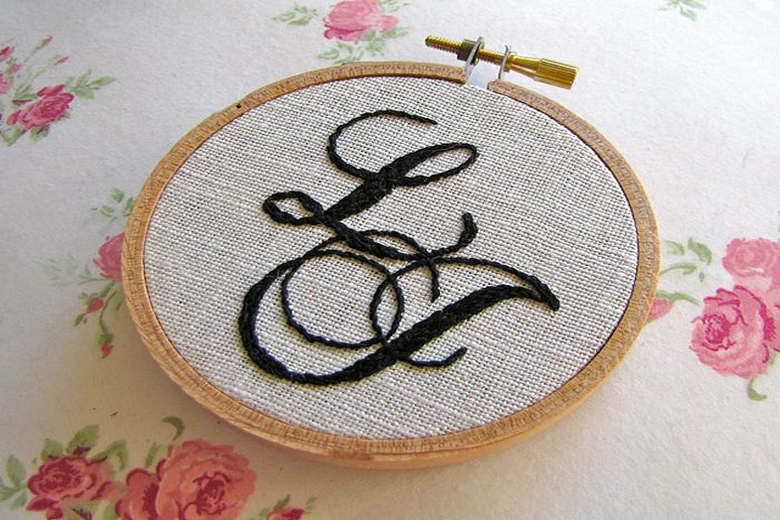
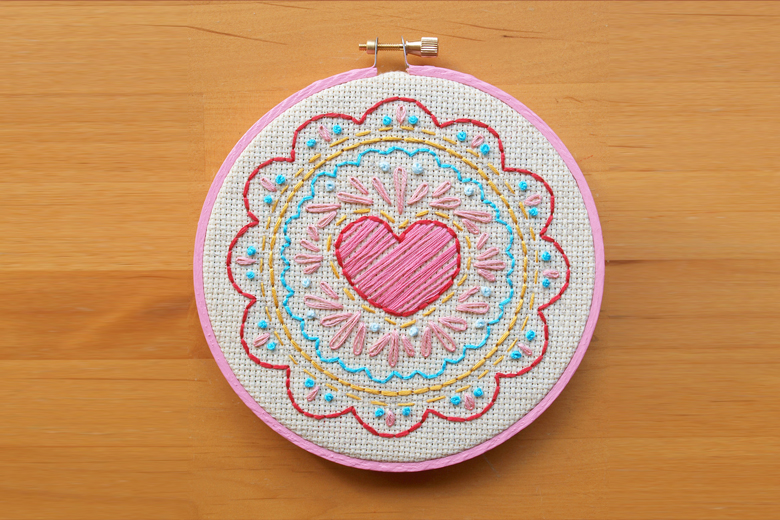


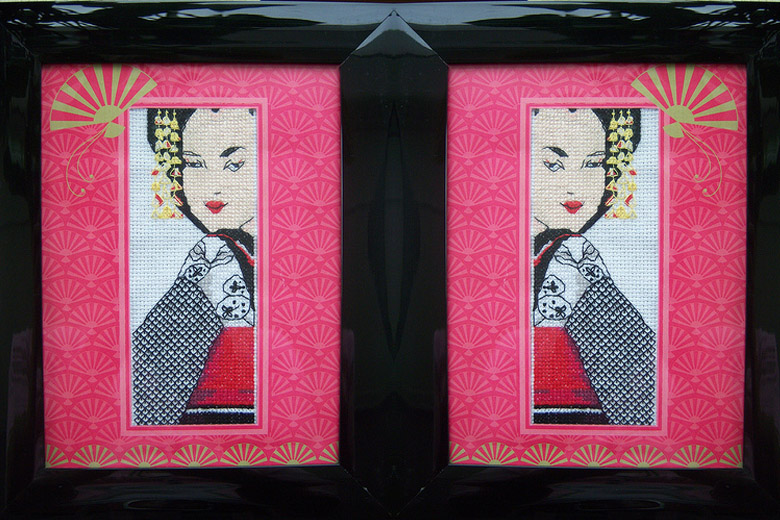
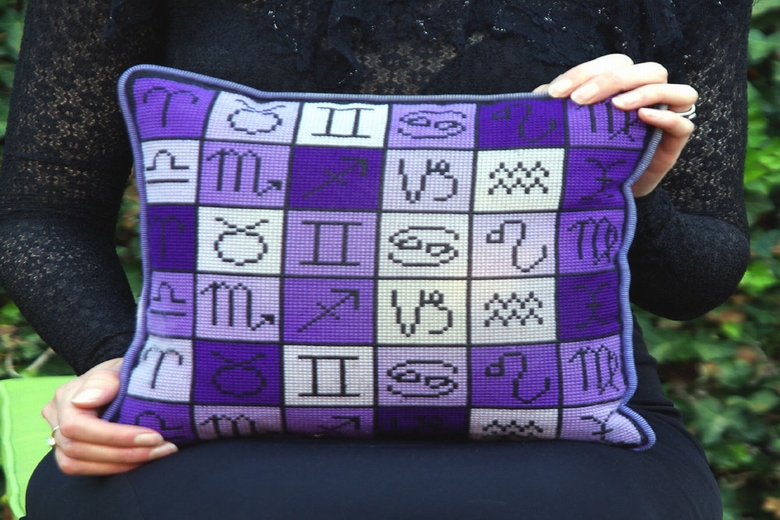
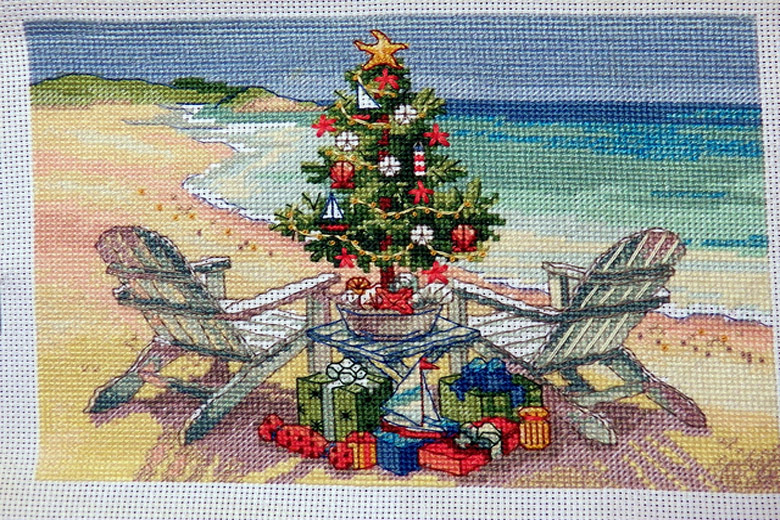
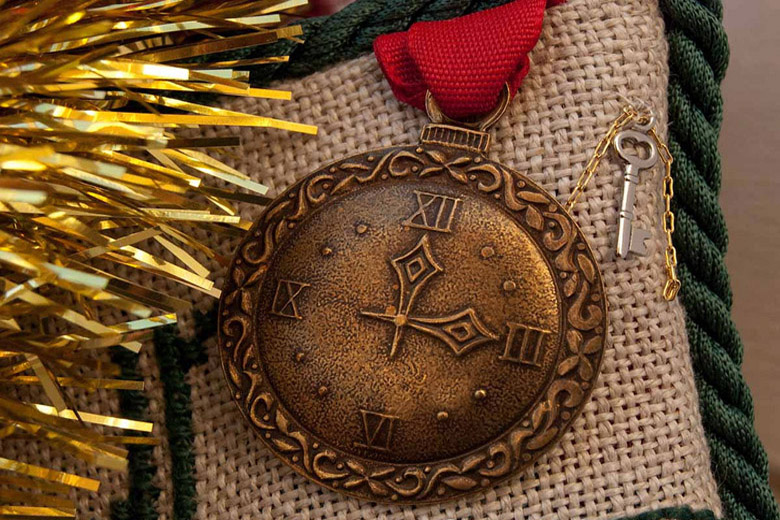


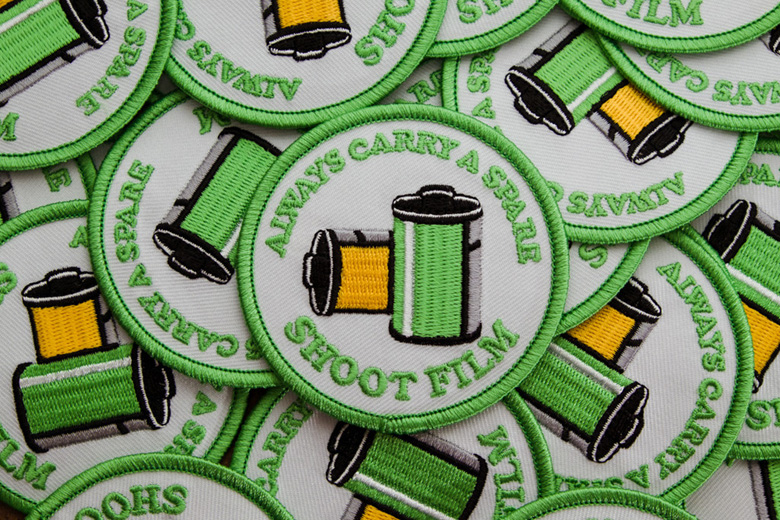
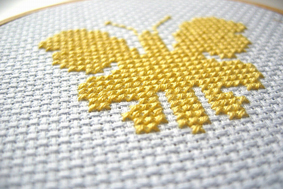
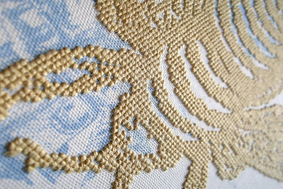

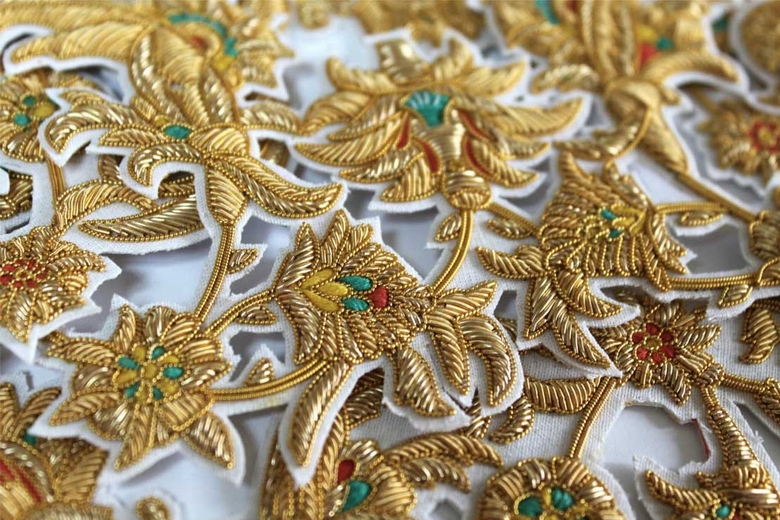
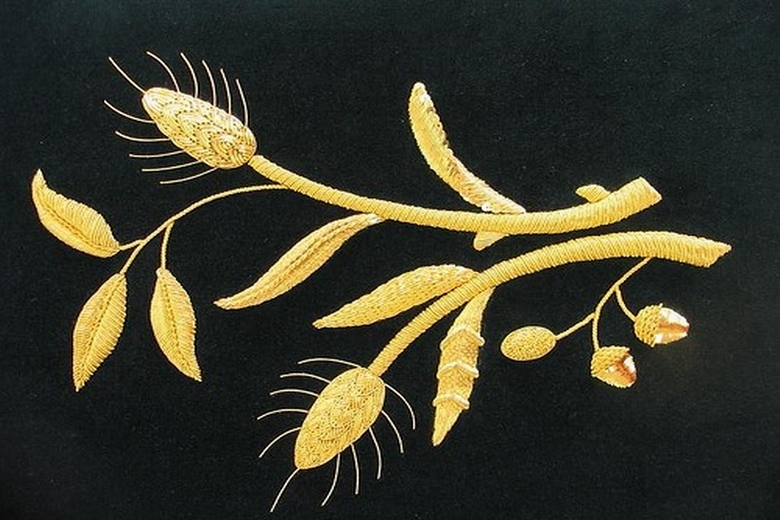
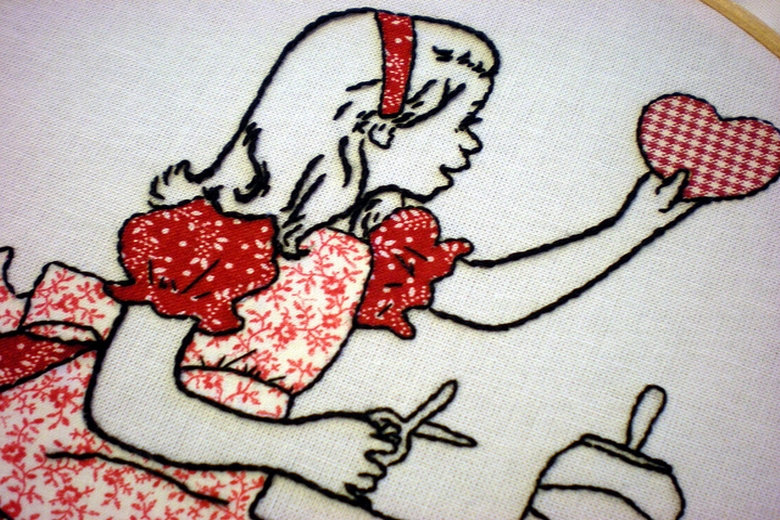
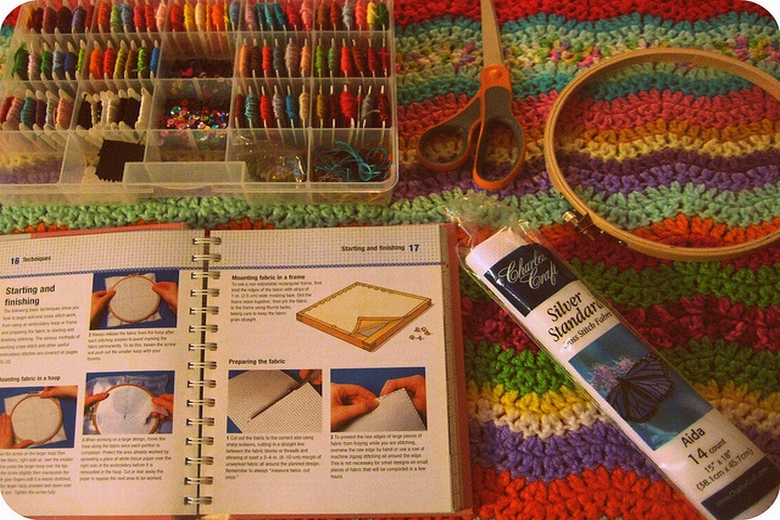
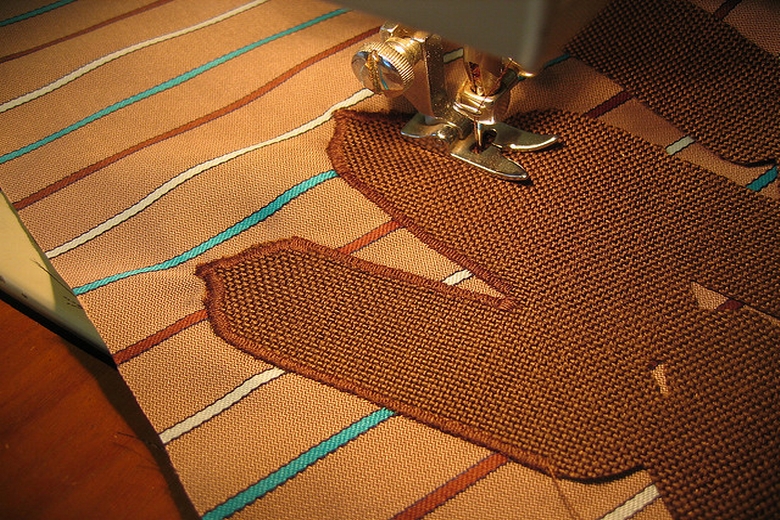
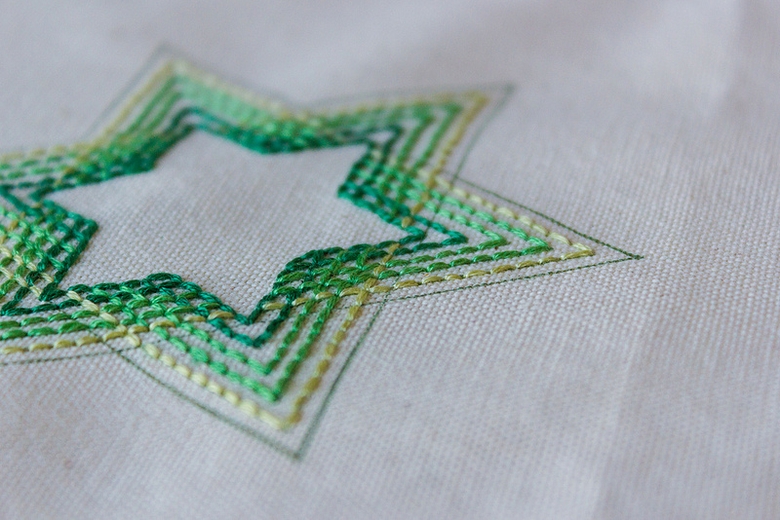
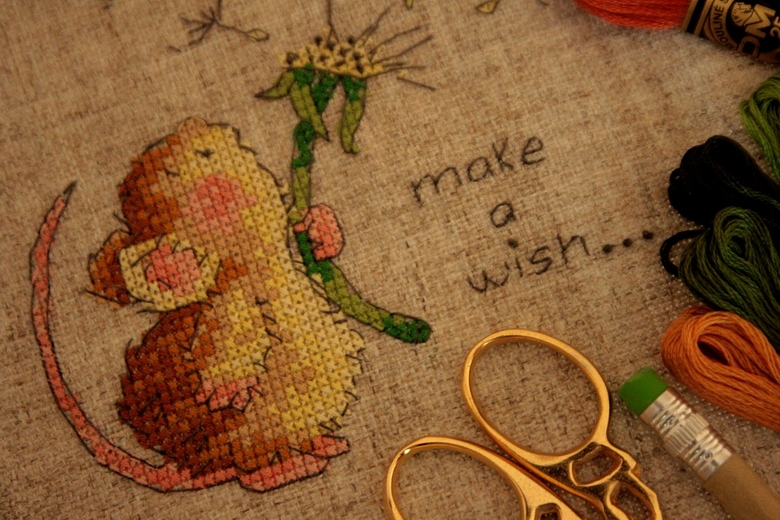

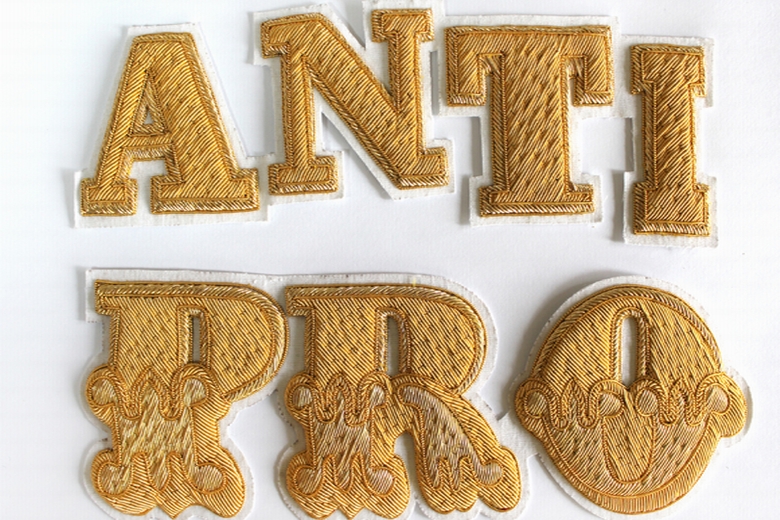
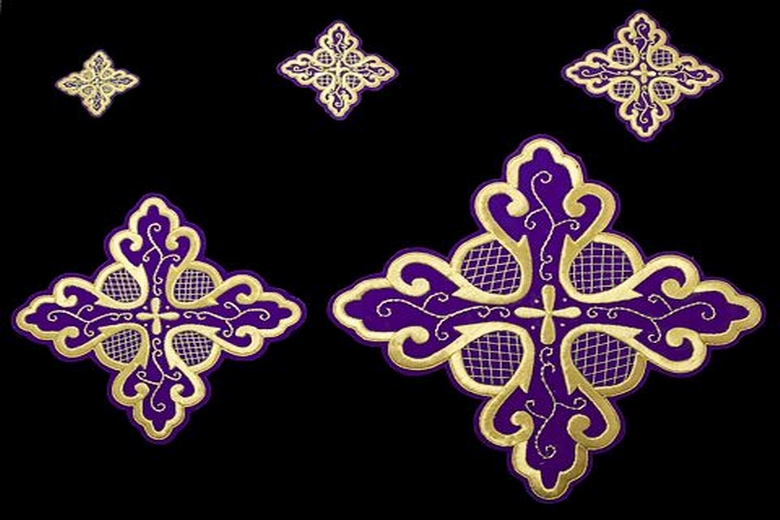

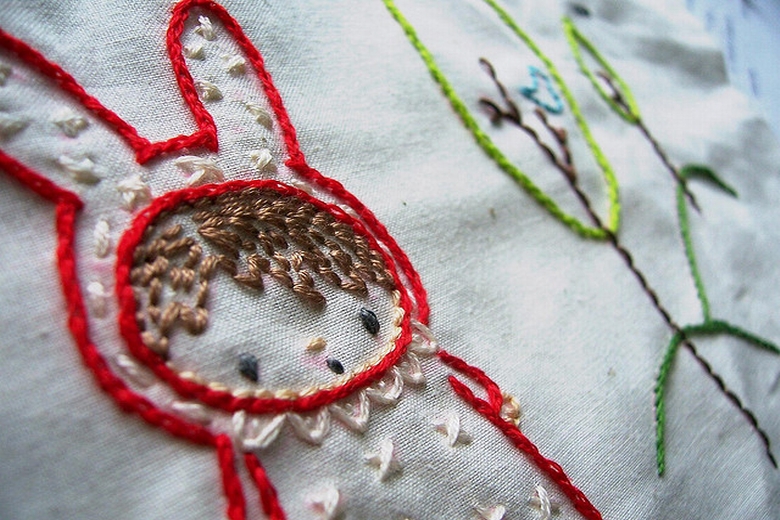






Comments
Submit Comment